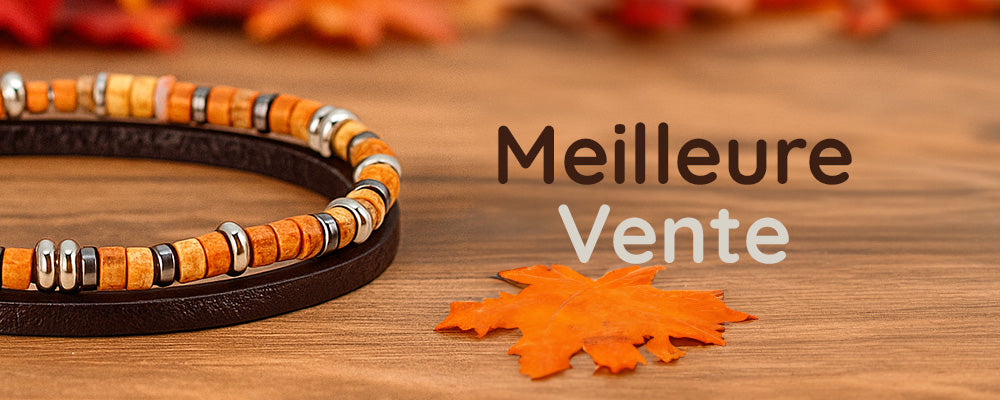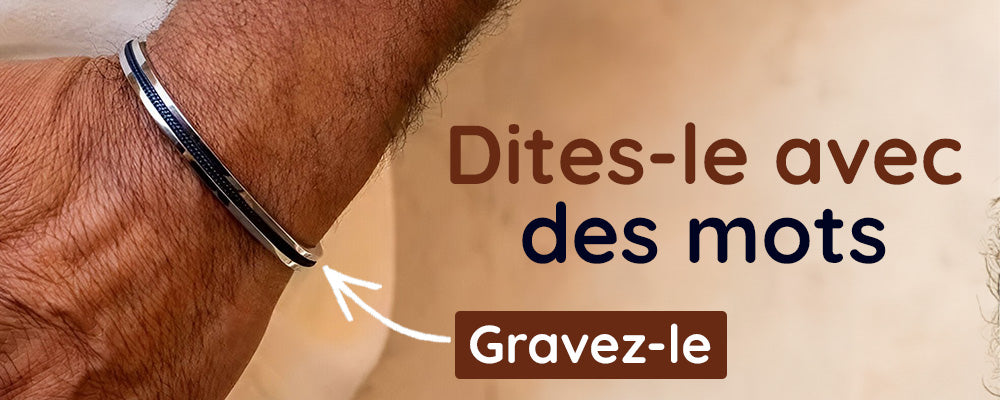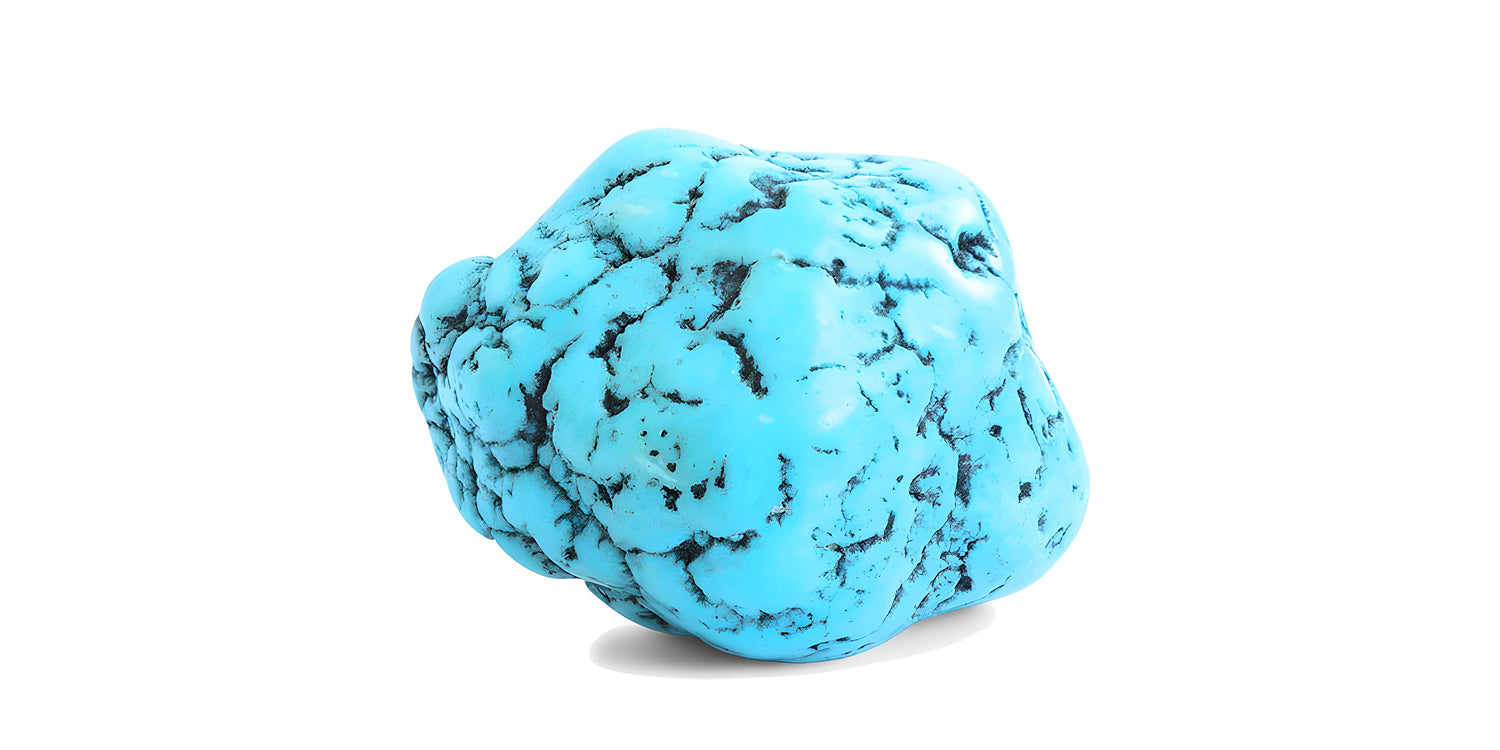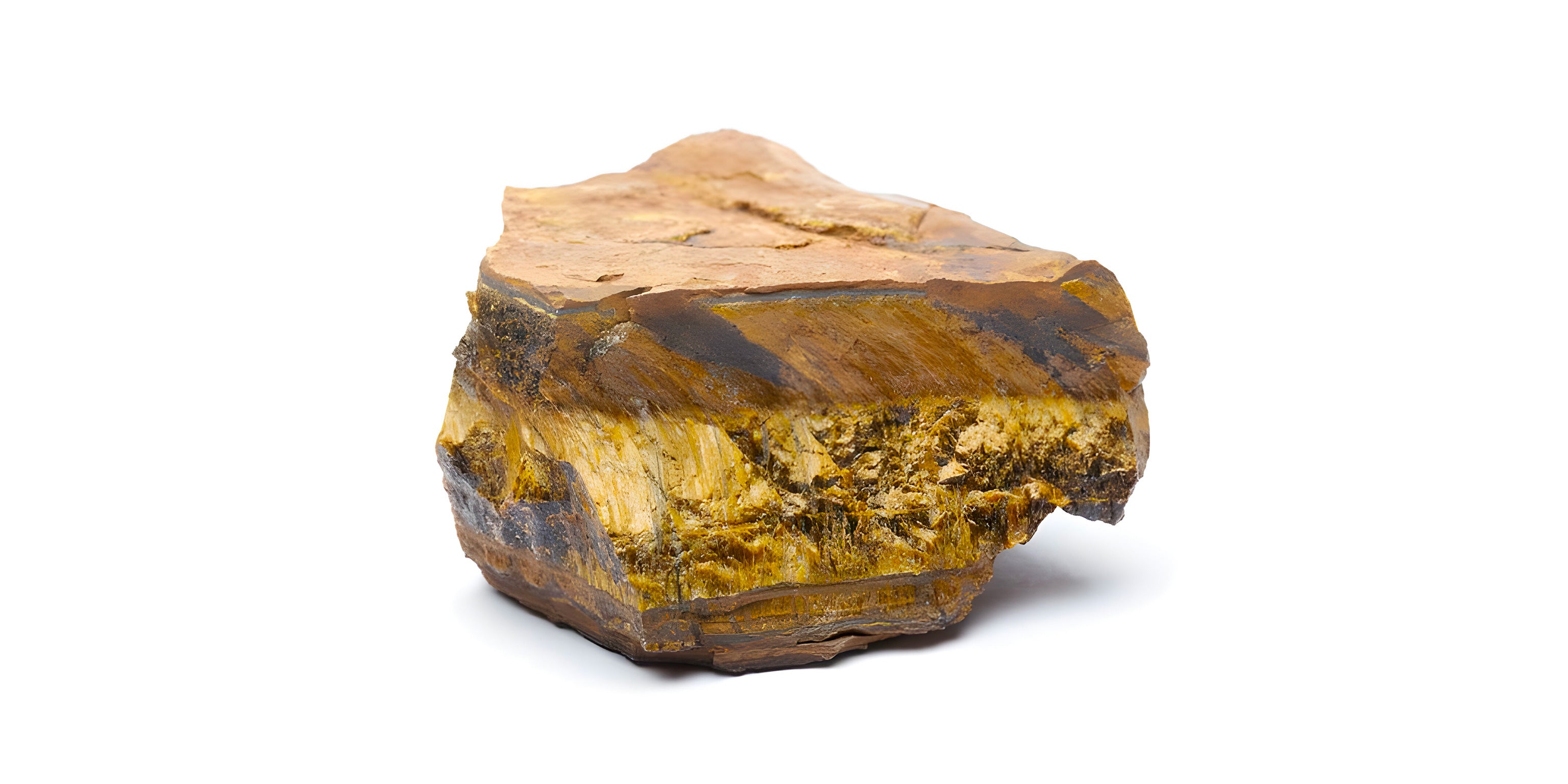Turquoise Stone Identity Card
- Name origin: The term "turquoise" comes from the French for "Turkish stone," reflecting the fact that the stone was originally imported into Europe from Turkey, although it does not originate from that region. Turquoise was often traded through Turkey on its way to Europe, hence its name.
- Group: Phosphates. Turquoise belongs to the phosphate mineral family, indicating its chemical composition includes phosphate groups.
- Chemical composition: CuAl6(PO4)4(OH)8·4H2O. This formula shows that turquoise is a hydrated phosphate of aluminum and copper, which gives it its characteristic colors.
- Crystal system: Triclinic. Turquoise crystallizes in the triclinic system, meaning its crystals do not have uniform axial symmetry.
- Hardness: Between 5 and 6 on the Mohs scale. The hardness of turquoise makes it solid enough to be used in jewelry, but it still requires care to avoid scratches.
- Deposits: The main turquoise deposits are found in Iran (notably the province of Nishapur), the United States (Arizona, New Mexico, Nevada), China, Egypt, and Mexico. Each deposit produces turquoise with unique characteristics in terms of color and quality.
- Color(s): The colors of turquoise can range from sky blue to green, depending on the amounts of copper (blue) and iron (green) present in the stone. Matrix inclusions (usually from the host rock) can also affect the overall appearance, creating patterns or veins.
- Chakras: Turquoise is primarily associated with the throat chakra (Vishuddha), helping with communication and the expression of personal truth. It is also believed to facilitate the connection between heaven and earth, thus harmonizing physical and spiritual energies.
Where does the name Turquoise come from?
Turquoise, with its captivating shades ranging from sky blue to green, holds a special place in human history and in the hearts of gem enthusiasts around the world. But where does the name "turquoise" actually come from? This question takes us on a journey through the history, culture, and trade that have shaped the perception and value of this gemstone over the ages.
Etymological Origins
The name "turquoise" originates from the French term for "Turkish," not because the stone came from Turkey, but rather because it was imported into Europe via trade routes passing through Turkey. In the Middle Ages, when these precious stones made their way from the mines of the Iranian plateau to European markets, they often entered the continent through Turkish merchants. France, playing a leading role in fashion and decorative arts at the time, adopted the name "Turkish stone" to describe this exotic and highly prized import. Over time, the name was simplified to "turquoise," a designation that, ironically, conceals the stone's true geographic origin.
The Turquoise Route
Turquoise was already known and used long before European traders discovered it through the Turks. The oldest known turquoise mines are located in the Sinai Peninsula, exploited as early as 4000 BC by the ancient Egyptians. However, it is Iran, with its legendary deposits, that has long been considered the primary source of the world's finest quality turquoise. Stones extracted from mines such as those in Nishapur are renowned for their deep blue color and exceptional clarity.
As European demand for exotic and luxurious gemstones increased, trade routes stretching from Iran through Asia Minor to Turkey became essential for international commerce. These routes not only facilitated the transfer of precious goods but also served as conduits for cultural and ideological exchanges between East and West.
Symbolism and Perception
The choice of the name "turquoise" reflects more than just a trade route; it embodies the sense of exoticism and mystery that Europe associated with this stone. At a time when vivid colors and rare materials were highly prized in jewelry and decoration, turquoise stood out for its unique hue and distant origin. It was often associated with protection, power, and health—beliefs that have been passed down through cultures and eras.
What is the history of turquoise?
Turquoise, with its vibrant palette of blues and greens, is much more than a simple gemstone; it is a treasure of human history, rich in tradition, mysticism, and deep cultural significance. Its reputation spans millennia, crossing continents and civilizations, where it has been revered not only for its natural beauty but also for the powers and protection attributed to it.
Origins: Turquoise in Antiquity
The earliest uses of turquoise date back more than 5,000 years. The ancient civilizations of Egypt were among the first to mine and value this stone. The Sinai mines, already in operation as early as 3200 BC, supplied turquoise that would adorn jewelry, amulets, and even the funerary decorations of Pharaohs and royal figures. Turquoise symbolized the sky deity, its color reflected in the eyes of statues and inlays on funerary masks, such as that of the famous Tutankhamun.
Turquoise and Indigenous Cultures
In North America, turquoise also played a central role in Indigenous cultures, especially among the Anasazi, Zuni, and Pueblo peoples, long before the arrival of Europeans. For these cultures, turquoise was not just an ornament; it was believed to have spiritual properties, protecting the wearer and facilitating communication with the spiritual world. The Navajo, in particular, regard turquoise as a sacred stone, capable of ensuring good health, protection, and fortune. It is often used in jewelry and religious ceremonies, symbolizing the sky and water, sources of life.
Turquoise in Asia and the Middle East
The Middle East and Central Asia also have a long history of using turquoise, particularly in Persia (modern-day Iran), where the Nishapur deposits are among the oldest and most renowned in the world. For the Persians, turquoise was a symbol of paradise on Earth, adorning mosque domes with its celestial hues. The stone was also a popular talisman against the evil eye and a symbol of purity and protection.
The European Renaissance and Turquoise
With the arrival of turquoise in Europe during the Middle Ages, its reputation as a protective stone spread. It became a prized component of Renaissance jewelry, believed to offer protection and good fortune to its wearer. Turquoise was especially valued by the ruling and royal classes, who wore it as a symbol of status and protection.
What is the origin and composition of Turquoise stone?
Turquoise is a fascinating stone that has captivated humanity for millennia, not only for its unique beauty but also for its complex composition and geological origin. To fully understand the value and uniqueness of turquoise, it is essential to delve into the details of its origin and chemical composition.
Geological Origin of Turquoise
The formation of turquoise is a geological phenomenon that occurs over very long periods. This gemstone is mainly formed through the process of chemical precipitation in copper-rich rocks, caused by the alteration from slightly acidic groundwater. These conditions are generally found in arid regions, where water evaporates quickly, leaving behind minerals that accumulate to form turquoise. Turquoise deposits are therefore often associated with copper mining regions, where the alteration of copper minerals in the presence of phosphates and aluminum gives rise to this precious stone.
Chemical Composition
Turquoise is a hydrated phosphate of aluminum and copper, with the chemical formula CuAl6(PO4)4(OH)8·4H2O. This unique composition gives it its characteristic colors, which can range from sky blue to green, depending on various factors such as the amount of copper (which tends to produce a blue color) and sometimes iron (which can give a greener hue). The presence of rock matrix or inclusions can also influence the stone's final appearance, giving it distinct patterns or veins.
Formation Process
The formation of turquoise begins when waters rich in copper and phosphate ions flow through aluminosilicate rocks under arid climatic conditions. As these aqueous solutions evaporate, they leave behind mineral deposits that, over time, crystallize to form turquoise. This process can take several million years, making each turquoise deposit unique in terms of color, quality, and composition.
Color Variations and Quality
The color of turquoise is one of the main factors determining its quality and value. Stones with a uniform sky blue to blue-green color, without too many inclusions or matrix veins, are generally the most sought after. However, some cultures value the presence of matrix for its aesthetic appeal, which can give the stone a unique character and a visual connection to the land where it was formed.
Notable Deposits
The main turquoise deposits are found in arid regions around the world, notably in Iran (formerly known as Persia), the United States (Arizona, New Mexico, Nevada), China, Egypt, and Mexico. Each of these deposits produces turquoise with specific characteristics, influenced by the unique geology of the region.
What are the physical and psychological benefits of Turquoise stone?
Turquoise, with its mesmerizing shades ranging from sky blue to deep green, is much more than just a gemstone. For thousands of years, across various cultures and civilizations, it has been regarded as a stone of healing and protection. The virtues attributed to turquoise are numerous, benefiting both body and mind, making it a particularly valued stone in lithotherapy.
Physical Benefits of Turquoise
Turquoise is renowned for its physical healing properties. Among its many benefits, it is considered particularly effective for the immune system, helping to strengthen the body's natural defenses against various illnesses. It is also credited with anti-inflammatory properties, making it useful in treating respiratory conditions and lung-related issues, such as allergies or asthma.
It is also believed to play a role in detoxifying the body. Turquoise is said to help purify the liver and eliminate toxins, thereby contributing to better overall health. It is also thought to be beneficial for eye health, reducing vision problems or eye irritations.
Psychic and Emotional Benefits
On a psychic and emotional level, turquoise is equally powerful. It is considered a soothing stone, offering comfort and well-being. It promotes emotional balance, helping to dispel anger, manage mood swings, and establish a general sense of inner peace.
Turquoise is also known for stimulating creative expression and communication. By acting on the throat chakra, it encourages clear and creative expression of thoughts and feelings. This makes it a preferred stone for speakers, writers, and anyone who uses communication in their work or personal life.
Enhancing Intuition and Spirituality
Turquoise is also valued for its spiritual properties. It is believed to enhance intuition and wisdom, helping individuals make informed decisions and understand their own spiritual path. It strengthens meditation and reflection, allowing for a deeper connection with the inner self and the universe.
Protection and Purification
One of the most renowned virtues of turquoise is its ability to offer protection. It is often used as a talisman or amulet to guard against negative energies, accidents, or illness. It creates a protective shield around the wearer, repelling negative influences and attracting luck and positivity.
Turquoise is also used in purification practices, capable of cleansing the energetic space of an individual or a place. It balances and aligns all the chakras, promoting a harmonious flow of energy throughout the body and mind.
How to Care for Your Turquoise Jewelry?
Turquoise, with its captivating shades ranging from blue to green, is a popular gemstone used in a variety of jewelry. However, its unique beauty requires special care to maintain its shine and color over time. Here is a detailed guide to caring for your turquoise jewelry, along with an invitation to discover our exclusive collections.
Gentle Cleaning
Turquoise is relatively porous and can absorb liquids, which may alter its color. To clean your turquoise jewelry, use a soft, dry cloth to gently wipe the surface of the stone. Avoid using chemicals, alcohol, or cleaning solutions, as they can damage the stone. For a deeper clean, you may slightly dampen the cloth with water, but be sure to thoroughly dry both the stone and the metal after cleaning.
Avoid Exposure
Turquoise jewelry should be protected from prolonged direct sunlight, which can fade the stone. Likewise, avoid exposing it to high temperatures and humid environments, such as when swimming or showering, as water and heat can also alter the color and structure of the stone.
Proper Storage
To preserve the integrity of your turquoise jewelry, store it in a cool, dry place away from direct sunlight. It is best to keep them separately in soft pouches or lined jewelry boxes to avoid scratches caused by contact with other pieces. This reduces the risk of damage and maintains the luster of the turquoise.
Careful Handling
Always handle your turquoise jewelry with care to avoid impacts that could cause cracks or chips. Remove your turquoise jewelry before engaging in intense physical activities or handling harsh chemicals to prevent accidental damage.
Recharging and Purification
Enthusiasts of lithotherapy believe that natural stones, such as turquoise, can be "recharged" or "purified" by placing them under moonlight or on a cluster of quartz. While this is not scientifically proven, this practice can be a meaningful way to renew your connection with your jewelry.
Explore Our Collections
After caring for your precious turquoise jewelry, why not explore our collections to add new treasures? Discover our collection of women's turquoise stone bracelets, offering elegance and unique style for any occasion. For men, our collection of men's turquoise stone bracelets features robust and refined pieces, perfect for adding a touch of originality to your outfit. Each piece is designed to highlight the natural beauty of turquoise, while providing exceptional comfort and durability.
Taking care of your turquoise jewelry ensures its longevity and beauty for years to come. By following these simple tips, you can protect these precious gems and continue to enjoy their unique brilliance.












